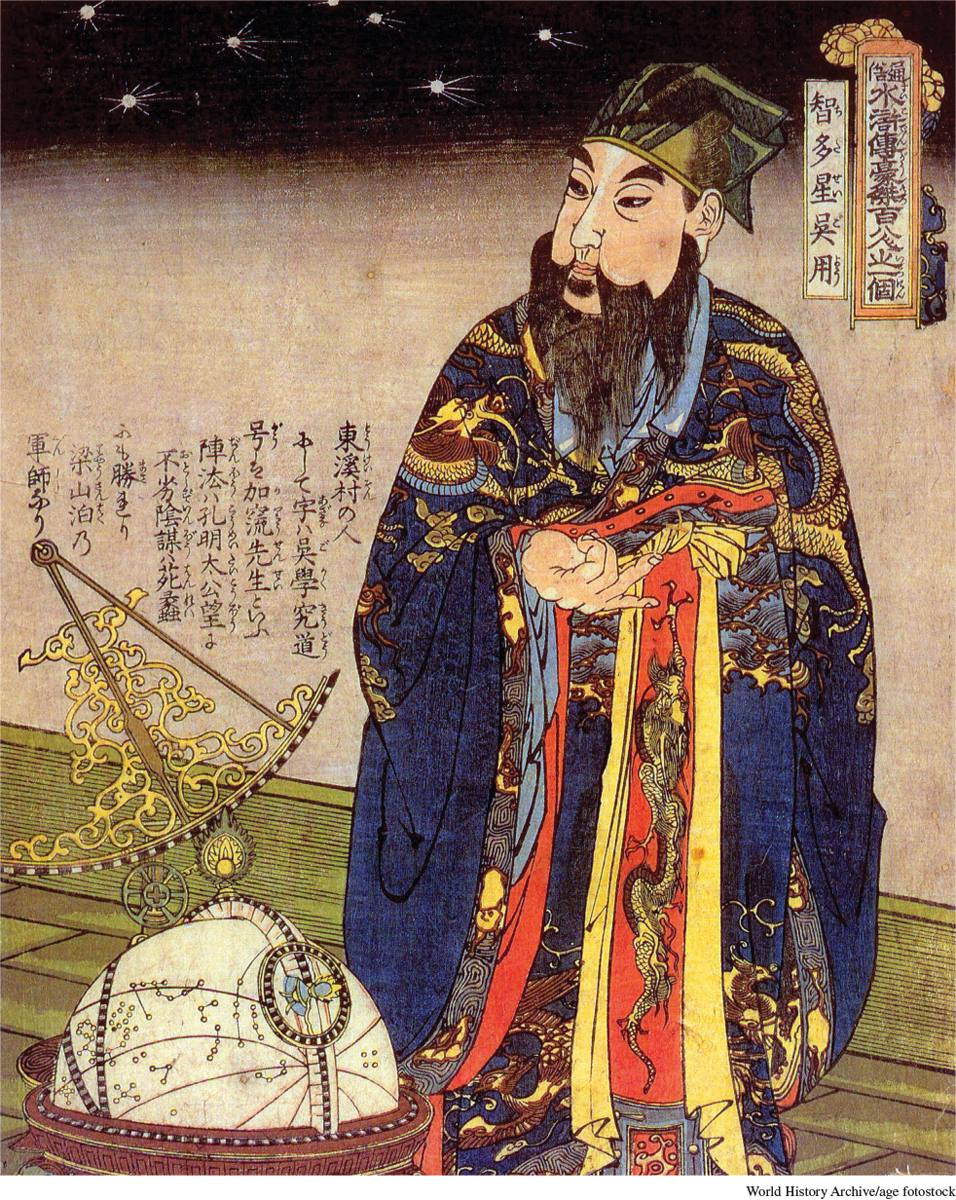Introduction to Chapter 8
CHAPTER 8
China and the World
East Asian Connections 600–1300

“China will be the next superpower.”1 That was the frank assertion of an article in the British newspaper the Guardian in June 2006. Nor was it alone in that assessment. As the new millennium dawned, headlines with this message appeared with increasing frequency in public lectures, in newspaper and magazine articles, and in book titles all across the world. China’s huge population, its booming economy, its massive trade surplus with the United States, its entry into world oil markets, its military potential, and its growing presence in global political affairs — all of this suggested that China was headed for a major role, perhaps even a dominant role, in the world of the twenty-
I n the world of third-
Even as China so often influenced the world, it too was changed by its many interactions with non-Chinese peoples. Northern nomads — “barbarians” to the Chinese — frequently posed a military threat and on occasion even conquered and ruled parts of China. The country’s growing involvement in international trade stimulated important social, cultural, and economic changes within China itself. Buddhism, a religion of Indian origin, took root in China, and, to a much lesser extent, so did Christianity and Islam. In short, China’s engagement with the wider world became a very significant element in a global era of accelerating connections.
| A MAP OF TIME | |
|---|---|
| 39 C.E. | Trung sisters’ rebellion against China in Vietnam |
| 4th–7th centuries | Early state building in Korea |
| 300–800 | Buddhism takes root in China |
| 589–618 | Sui dynasty and the reunification of China |
| 604 | Seventeen Article Constitution in Japan |
| 618–907 | Tang dynasty in China |
| 688 | Withdrawal of Chinese military forces from Korea |
| 794–1192 | Heian period in Japanese history |
| 845 | Suppression of Buddhism in China |
| 868 | First printed book in China |
| 939 | Vietnam establishes independence from China |
| 960–1279 | Song dynasty in China |
| ca. 1000 | Invention of gunpowder in China; beginning of foot binding |
| 1000 | The Tale of Genji (Japan) |
| 1279–1369 | Mongol rule in China |
SEEKING THE MAIN POINT
Chinese history has often been viewed in the West as impressive perhaps, but largely static or changeless and self-contained or isolated. In what ways might the material in this chapter counteract such impressions?